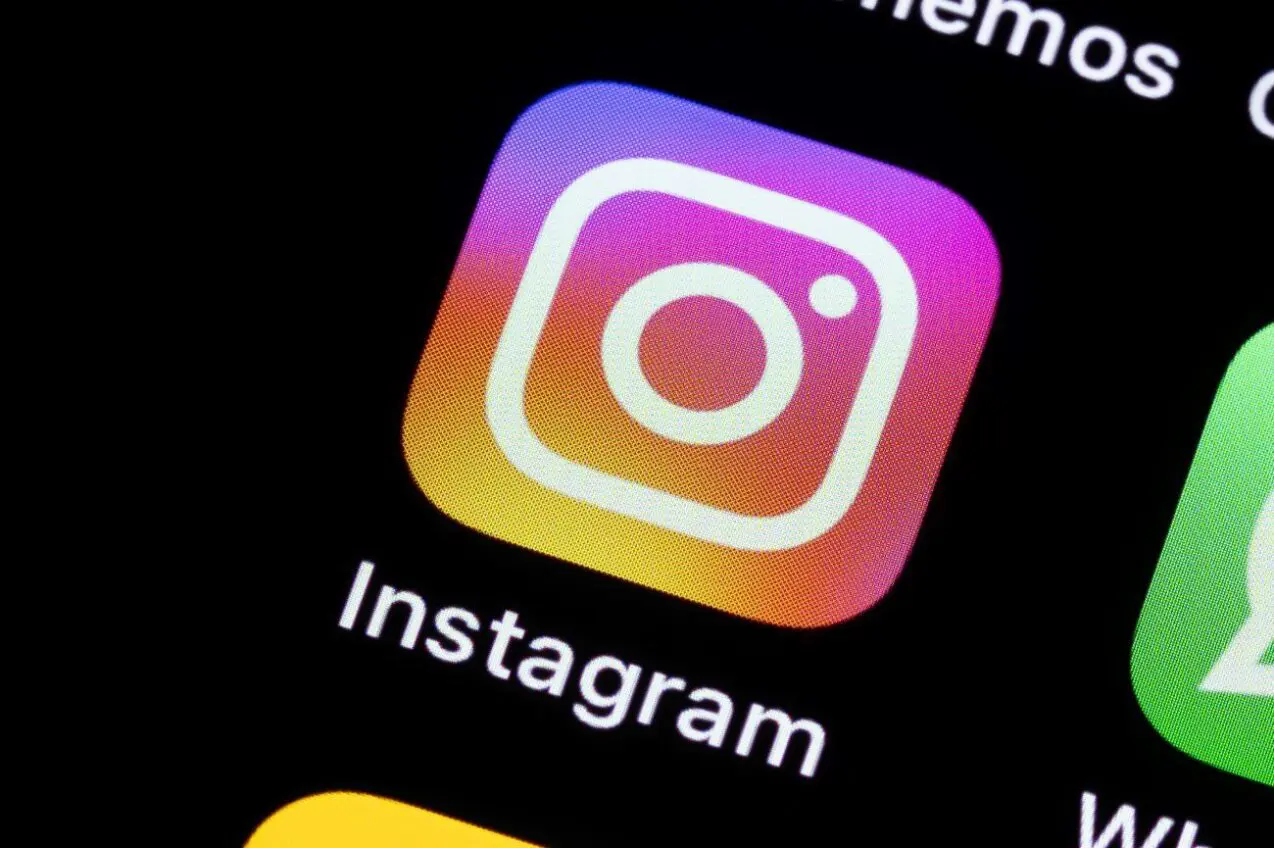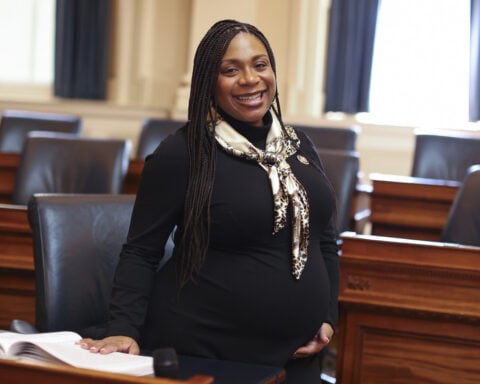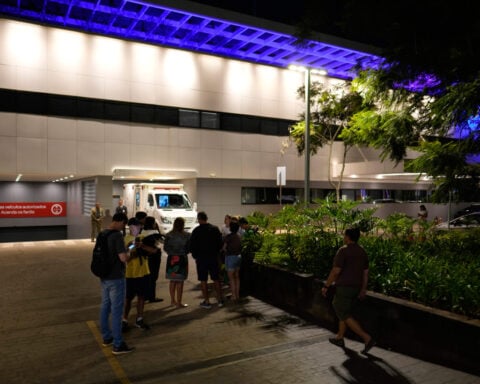Instagram has taken a major step towards addressing teen safety concerns with the introduction of Instagram Teen Accounts on September 17, 2024. This new feature is designed to automatically place teens in safer online environments and provide parents with greater peace of mind about their children's Instagram experiences. Teen Accounts come with a suite of built-in protections, including private accounts by default, stricter messaging settings, and enhanced content filtering to limit exposure to potentially harmful material.
The launch of Teen Accounts represents a significant shift in how the platform approaches youth safety, responding to longstanding concerns about the risks teens face on social media. This move comes at a crucial time, as research has unveiled disturbing trends in how teenagers, particularly those struggling with mental health issues, interact on the platform.
A disturbing phenomenon has been unfolding on Instagram largely unseen—in plain sight, teenagers struggling with self-harm have been finding connection but also enabling each other's affliction through covert communities operating via secret hashtags only they recognize as alerts to graphic content. Research out of Seattle first peeled back the veil on this practice in 2015, exposing the extensiveness of obscure keywords used by teens who cut or otherwise intentionally injure themselves. Their findings revealed a complex subculture of mutual validation but also normalization that pediatric specialists worry could spur higher rates of self-harm.
Instagram officially prohibits hashtags deemed as glorifying self-harm, resulting in blocking those terms as searchable. But users continually manipulate new permutations once banned keywords get identified. Study author Dr. Megan Moreno, an adolescent medicine expert at Seattle Children's Hospital, tracked this sequence as teens jumped from blatant identifiers like "#selfharm" to variations like "#selfharmmm" once the initial hashtag met restriction.
Key features of Teen Accounts include:
- Private accounts by default: All teens under 16 will have private accounts, requiring them to accept new followers and limiting who can see their content or interact with them.
- Messaging restrictions: Teens will be placed in the strictest messaging settings, allowing messages only from people they follow or are already connected to.
- Sensitive content restrictions: The most restrictive setting of Instagram's sensitive content control will be applied automatically, limiting exposure to potentially harmful content.
- Limited interactions: Teens can only be tagged or mentioned by people they follow, and offensive words and phrases will be filtered out of their comments and DM requests.
- Time management features: Notifications will remind teens to leave the app after 60 minutes of daily use, and a "Sleep mode" will be enabled between 10 PM and 7 AM, muting notifications overnight.
Instagram's new approach also emphasizes parental involvement. Teens under 16 will need parental permission to change any of the built-in protections to less strict settings. Parents can approve or deny their teens' requests to change settings and will soon be able to directly modify these settings to be more protective.
Additional features for parental supervision include:
- Insights into who their teens are messaging (without reading the actual messages)
- Setting daily time limits for Instagram usage
- Blocking Instagram use during specific time periods
- Viewing the topics their teen is exploring
To enforce these new protections, Instagram is developing technology to proactively identify accounts belonging to teens, even if they list an adult birthday. This system will allow the platform to place these accounts under Teen Account protections automatically.
Furthermore, Instagram is implementing stricter rules around the content teens can see, placing them in the most restrictive setting of their sensitive content control. This measure aims to significantly reduce the likelihood of teens encountering potentially harmful or inappropriate content.
While these new measures represent a significant step forward, the underlying issues of teen mental health and self-harm remain complex. Dr. Megan Moreno, now Co-Medical Director of the SAMHSA-Funded AAP Center of Excellence on Social Media and Youth Mental Health, expressed optimism about the new features but emphasized the importance of ongoing evaluation: "We look forward to hearing from teens about their experience of these new Teen Accounts and associated features and settings."
The introduction of Teen Accounts addresses many of the concerns raised by researchers like Dr. Moreno regarding the hidden world of self-harm communities on Instagram. By limiting exposure to sensitive content and providing parents with more oversight tools, Instagram aims to create a safer environment for vulnerable teens.
However, challenges remain. The prevalence of self-injury among youth continues to be a significant concern, with government figures estimating that up to 20% of adolescents actively engage in some form of intentional self-harm. Marginalized groups, such as LGBTQ youth and Native American teenagers, still face higher risks and may seek out online communities for support.
As Instagram rolls out these new protections globally over the coming months, it will be crucial to monitor their effectiveness in addressing the complex issues surrounding teen mental health and social media use. While Teen Accounts offer promising new safeguards, the broader societal and healthcare infrastructure must also adapt to better support youth mental health before isolated teenagers develop problematic online habits out of necessity.
The introduction of Instagram Teen Accounts marks a significant shift in how the platform approaches teen safety. By automatically implementing stricter privacy and content settings, Instagram aims to create a more protected environment for young users while still allowing them to connect with friends and explore their interests. As these changes take effect, it will be essential to continue studying their impact and refining approaches to ensure the best possible outcomes for teen mental health in the digital age.
This article was updated September 18, 2024.

 Trump has begun another trade war. Here's a timeline of how we got here
Trump has begun another trade war. Here's a timeline of how we got here
 Canada's leader laments lost friendship with US in town that sheltered stranded Americans after 9/11
Canada's leader laments lost friendship with US in town that sheltered stranded Americans after 9/11
 Chinese EV giant BYD's fourth-quarter profit leaps 73%
Chinese EV giant BYD's fourth-quarter profit leaps 73%
 You're an American in another land? Prepare to talk about the why and how of Trump 2.0
You're an American in another land? Prepare to talk about the why and how of Trump 2.0
 Chalk talk: Star power, top teams and No. 5 seeds headline the women's March Madness Sweet 16
Chalk talk: Star power, top teams and No. 5 seeds headline the women's March Madness Sweet 16
 Purdue returns to Sweet 16 with 76-62 win over McNeese in March Madness
Purdue returns to Sweet 16 with 76-62 win over McNeese in March Madness








